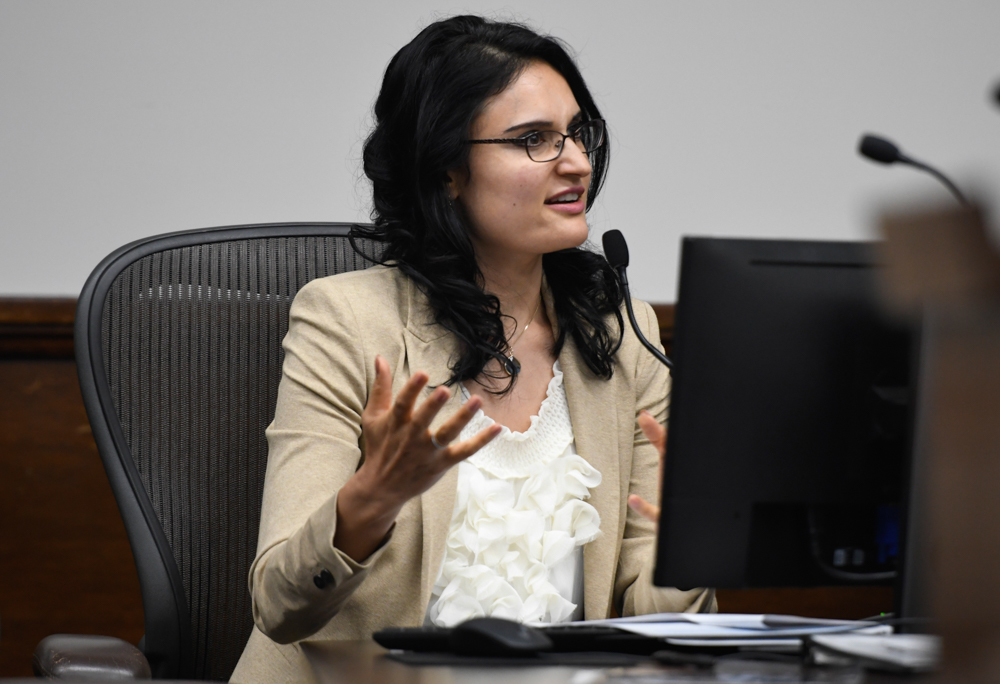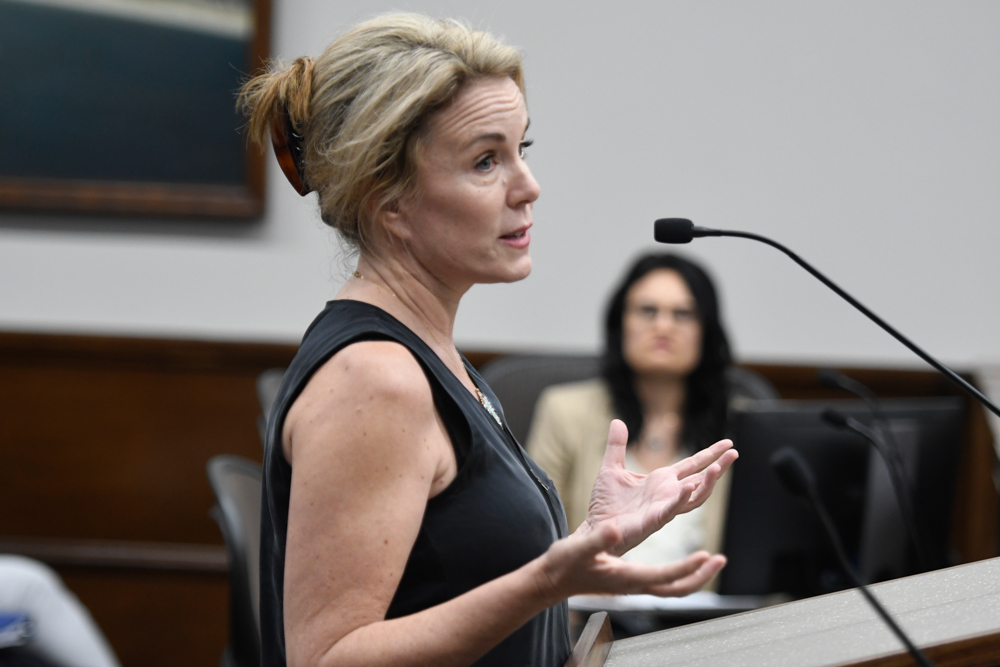Making State Street Great Again
Santa Barbara Wrangles with Downtown Retail

It was one of those public meetings just bursting to happen. The pews in Santa Barbara City Council chambers were packed tight; people stood in the aisles. The back room designed for overflow crowds was overflowing. The issue at hand was State Street — what’s wrong with it, and how to fix it.
With the plethora of vacant storefronts, it’s hardly a new concern. What was new was the venue. It was the first time the mayor and council have addressed the issue directly. Even more striking was the tone. Lots of harsh truths got spoken — especially about bureaucratic delays and high costs borne by businesses just trying to open their doors. Even so, the absence of rancor or defensiveness was remarkable. For Cathy Murillo, it was her first major moment since becoming mayor in January. She and Councilmember Randy Rowse had asked that the issue be placed on the agenda. It was her show to run.

In many ways, however, Tuesday’s gathering was the handiwork of longtime assistant administrator Nina Johnson, who got the conversation rolling with a succinct description of the problem, accompanied by a handful of quick fixes that might jump-start the city’s retail core. Where storefronts are empty, Johnson suggested, short-term pop-up businesses ought to be allowed at lower rents without being subjected to the city’s expensive and grueling permit process. Also from her package of suggestions: block parties, street closures, kids’ nights, and more farmers’ markets.
Amy Cooper, owner of Plum Goods, had a list of 25 suggestions, too, approved by about 100 business and property owners. By the meeting’s end, at least 42 specific ideas were floated. Chief among them: City Hall should hire an ombudsperson to look out for the interests of business owners, it should also hire an economic development director and a consultant to figure out which suggestions should be pursued first, and it should create a council subcommittee to oversee the work of the consultant. Ultimately, the council voted to do the last two.

To the extent any one public speaker stole the show, it was real estate investor Dick Berti, who for the past 50 years has been buying up and leasing downtown commercial real estate. Berti — pushing 82 — has pioneered some of the more aggressive rent schemes developed to maximize returns for investors. He rarely shows up at council meetings, let alone speaks. In his ruminations Tuesday, Berti compared Santa Barbara to a beautiful woman. “This is the pretty lady that has no date,” he said. “It’s too high a price. This is fatal attraction.” Berti talked about a tenant on the 600 block of State Street he said has spent $1.5 million since January 2017 getting ready to open this week. He said he comped the tenant a year’s rent. “I don’t want to live here anymore,” he added. “If I could, I’d move.”
Berti has long lambasted City Hall for allowing homeless people to gather on State Street. He vowed to spend $100,000 to help move the homeless to a location near County Jail. (That location falls outside the city’s jurisdiction, and his proposal might not be warmly received by county officials, in whose domain it lies.) Berti was hardly the only speaker to complain about people experiencing homelessness. Real estate investor Jason Jaeger, for example, suggested City Hall provide property owners easements that would give them the legal authority to use private security to police the public sidewalks adjoining their properties. While Johnson highlighted the accomplishments of the city’s restorative policing approach and the impact of the new, red-shirted “Ambassadors,” Mayor Murillo stressed the need for a center where homeless people could go during the day.
Many of the suggestions weren’t new; some, like the plan to turn State Street into a pedestrian promenade, have been kicking around more than 30 years. Still, it was surprising to hear attorney Steve Amerikaner — now a venerable icon of the downtown legal and business establishment — call for such a change. By replacing cars with people, Amerikaner suggested, City Hall could help create a vast “entertainment zone” extending 8-12 blocks. “I know it sounds bold; it sounds aggressive; but we can have outdoor dining almost year-round,” he said. If cities like Boulder, Colorado, and Burlington, Vermont, do, he added, certainly Santa Barbara and its balmier climate can, too.
Many pushed City Hall to get the lead out when it came to approving high-density housing downtown. More bodies downtown, they argued, translates to more shoppers, more business, more tax revenues. Mickey Flacks, longtime affordable housing advocate, suggested building housing on top of the city’s parking garages. Since the city already owns the land, she argued, housing costs could be contained. Other ideas were less vintage. Dance and music were too aggressively regulated, one self-identified young professional complained. “It’s just stuffy. Oh, you can’t dance here. Oh, you can’t have amplified music here.”
As many speakers noted, Tuesday was just the start of what promises to be a long civic discussion. “Everyone’s a critical part of the conversation,” Johnson said. In the meantime, she said she’ll pursue the pop-up idea as City Hall begins the process of hiring a consultant.



